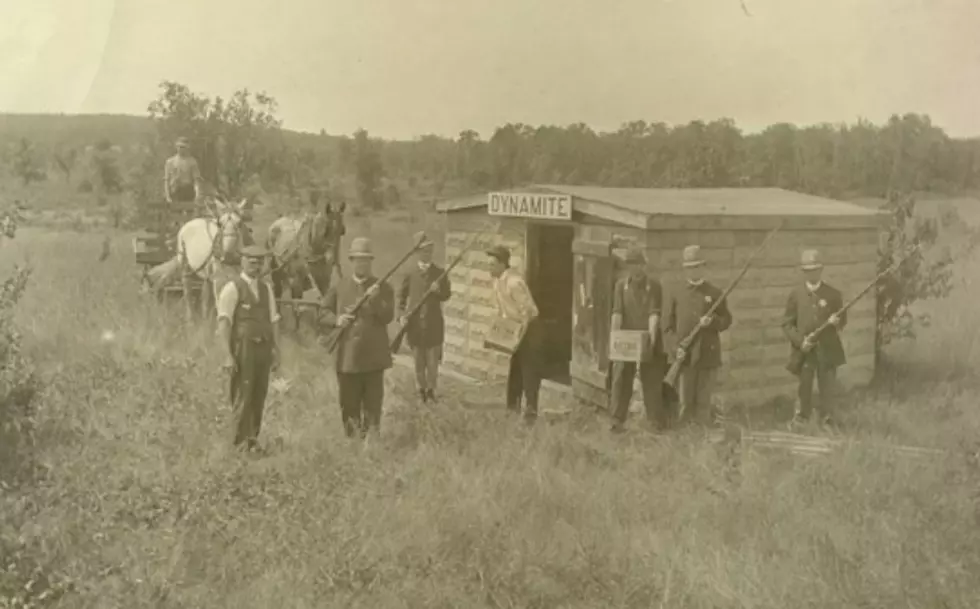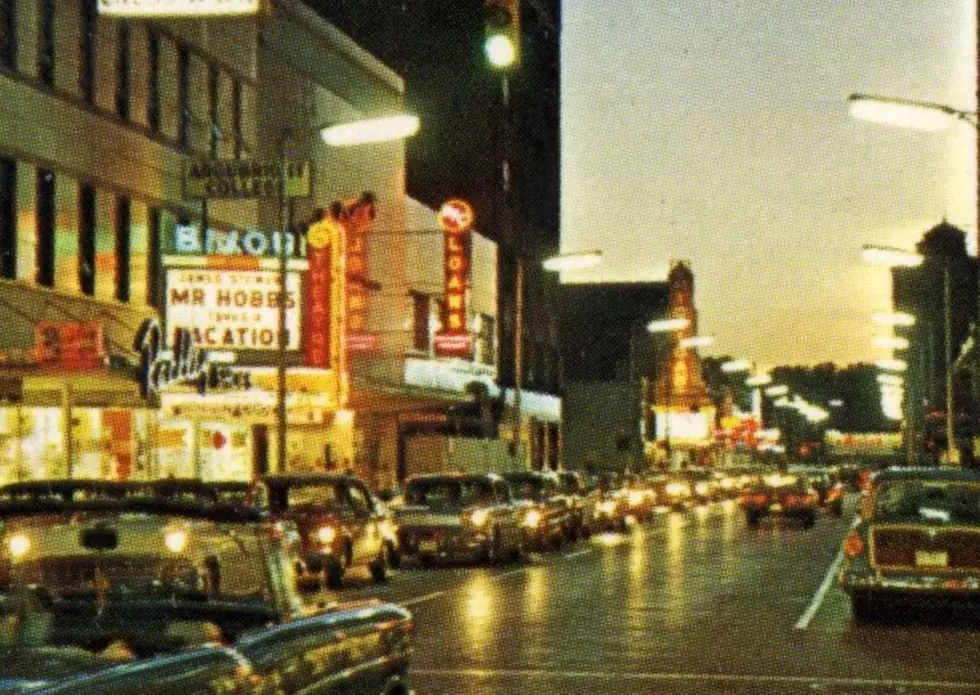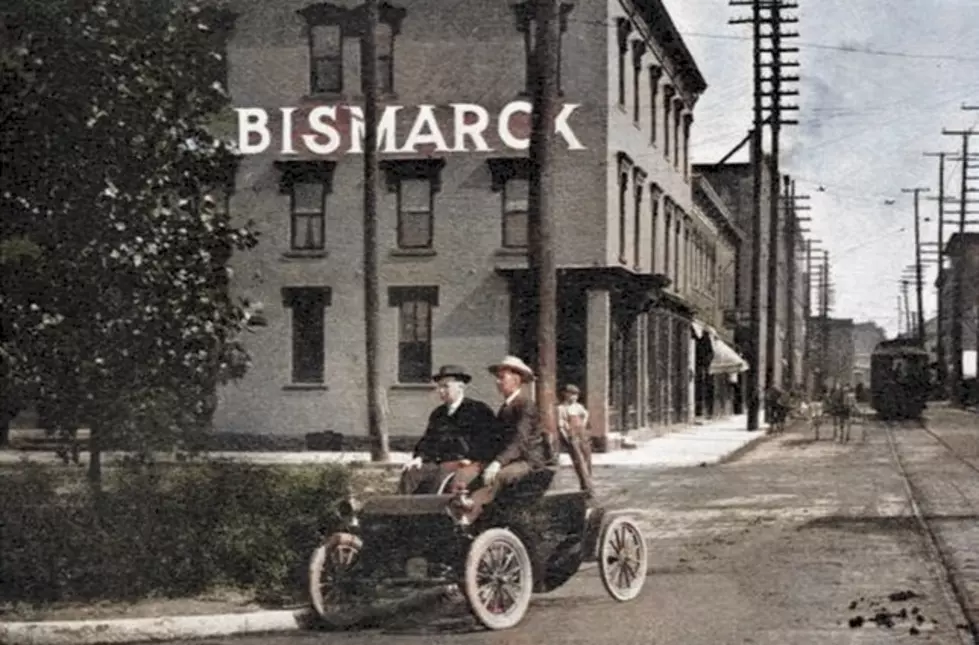
85 Years Ago: Battle Creek’s First WPA Project
August 12, 1935. The first WPA program was launched in Battle Creek with 75 men working at Bailey Park and a crew of 50 engaged in blacktopping Warren Street. The WPA continued in Battle Creek for about 5 years, supporting a variety of civic projects, street paving, ripping up streetcar tracks, public art projects, and an addition to Willard Library.
As unemployment rose to 14.7 percent in April of 2020, the federal government was quick to send money in the form of stimulus checks and unemployment checks, and now congress is debating another round.
The approach was different during the Great Depression. The unemployment rate in 1935 was at a staggering 20 percent. As part of President Roosevelt’s “New Deal”, programs like the CCC (Civilian Conservation Corps) and the WPA (Works Progress Administration) provided jobs and income for millions of Americans. Over its eight years of existence, the WPA put roughly 8.5 million Americans to work.
Here’s a letter sent from Battle Creek WPA Workers to the President:
Battle Creek Mich.
April 5, 1936
President Roosevelt:
Please continue this W.P.A. progam. It makes us feel like an American citizen to earn our own living. Being on the dole or relief roll makes us lazy and the funds are not enough to live decent on. We are thankful for what we receive though.
So we as W.P.A. workers in Battle Creek Michigan, appeal to you as our Great Leader to continue this great cause for Better citizens in Battle Creek Michigan.
Your Faithful,
W.P.A. workers of Battle Creek
All around the country, some 85 years later, you can still see the evidence of WPA and CCC projects, especially in our National Parks and campgrounds.
Here are a few WPA Projects that we know about in the Battle Creek area. Perhaps you know of some we could add to the list.
- The Willard Library addition in 1935, funded by the WPA and a bequest from George Willard. Today, it’s used for Battle Creek Public School administrative offices.
- Streetcars ran all over Battle Creek from 1882 until 1932. They were pulled by horses for the first 9 years and then became electrified. Once busses came along, the old tracks were no longer needed. They were eventually torn out by WPA Workers in the late 1930s.
- In 1942, Kellogg Air Field was officially dedicated as an Army airbase after millions of dollars from the WPA were put into the project.
- Female workers were also involved in the WPA. In 1938, a $17,886 WPA project for copying and mounting maps in Braille type in Battle Creek was approved in Washington. It was supervised by Minnie Kimball, and a sewing project was also part of the Women’s Department of the WPA.
- In 1938, a WPA grant was signed for five new State Police Posts including Battle Creek’s post at Columbia Avenue and LaVista Boulevard.
- During the late 1930s, the Wilder Creek Castle near Marshall was built under the WPA. An old newspaper article indicates that WPA workers hauled 100 tons of stone to the site.

MORE: Some Fun Photos From Michigan's Past
More From WBCKFM








